D&m Holdings Sound Cards & Media Devices Driver Download
- D-mannose
- D-dimer Test
- D&m Holdings Sound Cards & Media Devices Driver Downloads
- D&m Holdings Sound Cards & Media Devices Driver Download
- D'arcy Carden
- D&d Beyond
| Industry | Semiconductors |
|---|---|
| Fate | acquired by Freescale Semiconductor |
| Founded | 1993; 28 years ago |
| Defunct | 2008; 13 years ago |
| Headquarters | , |
| Worldwide | |
| Products | SoCs (STMP3xxx), Audio Codecs (STAC9xxx) |
- We support America's small businesses. The SBA connects entrepreneurs with lenders and funding to help them plan, start and grow their business.
- D&M Holdings Inc. Modified Date: Thu Jul 14 09:55:00 UTC 2011: Device Type: RECEIVER: Control Method: Serial Version: N/A: Certified: FALSE: Supported OS Version: All Control4 OS versions 1.7.4 and above Driver Type: C4I Click to download driver.
- Whether you're just jumping into the workforce or looking to jump-start your career, let North Dakota's booming economy be your springboard. Positions in healthcare, technology, autonomous systems, agriculture, energy and more let us do amazing things every day.
SigmaTel was an American system-on-a-chip (SoC), electronics and software company headquartered in Austin, Texas, that designed AV media player/recorder SoCs, reference circuit boards, SoC software development kits built around a custom cooperative kernel and all SoC device drivers including USB mass storage and AV decoder DSP, media player/recorder apps, and controller chips for multifunction peripherals. SigmaTel became Austin's largest IPO as of 2003 when it became publicly traded on NASDAQ. The company was driven by a talented mix of electrical and computer engineers plus other professionals with semiconductor industry experience in Silicon Hills, the number two IC design region in the United States, after Silicon Valley.
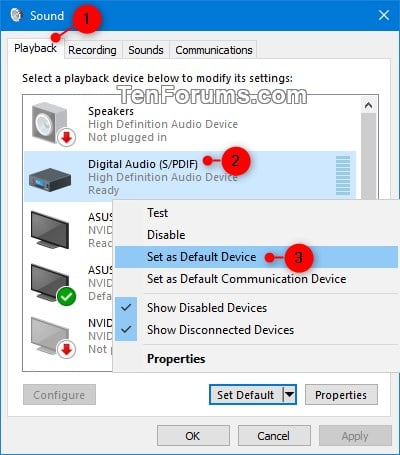
SigmaTel (trading symbol SGTL) was acquired by Freescale Semiconductor in 2008 and delisted from NASDAQ.
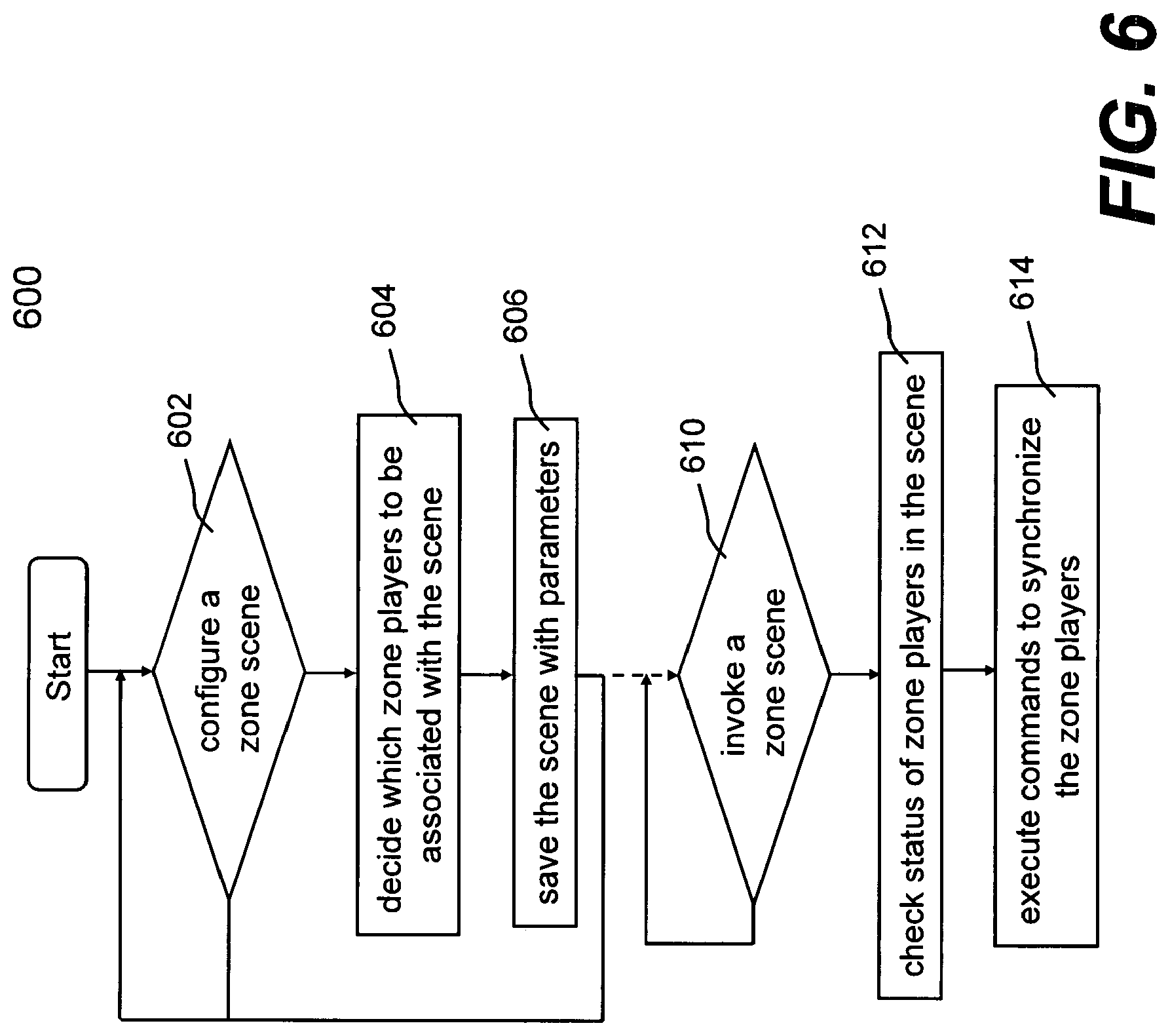
Enjoy exceptional sound and sophisticated, minimalist design with the Denon CEOL-N10 Hi-Fi network CD receiver. Experience your full music library by streaming from Pandora, Spotify, Deezer, Internet Radio, Tidal and more via built-in HEOS, Bluetooth and AirPlay2 connectivity. A go-to source of information about bicycle maintenance, repair and customization.
History[edit]
In 2004, SigmaTel SoCs were found in over 70% of all flash memory based MP3 devices sold in the global market. However, SigmaTel lost its last iPod socket in 2006 when it was not found in the next-generation iPod Shuffle. PortalPlayer was the largest competitor, but were bought by Nvidia after PortalPlayer's chips lost their socket in the iPod. SigmaTel was voted 'Best Place to Work in Austin 2005' by the Austin Chronicle.[citation needed]
In July 2005, SigmaTel acquired the rights to different software technologies sold by Digital Networks North America (a subsidiary of D&M Holdings, and owner of Rio Audio).
On July 25, 2006, Integrated Device Technology, Inc. (IDT) announced its acquisition of SigmaTel, Inc.'s AC'97 and High Definition Audio (HD-Audio) PC and Notebook audio codec product lines for approximately $72 million in cash, and the acquisition of SigmaTel's intellectual property and employee teams necessary for continuing existing product roadmap, with expected closure by the end of July.[1]
SigmaTel also won a spot in Samsung televisions. Sales of the SGTV5800[by whom?] TV audio solution, which can be used in analog, digital and hybrid televisions, have been ramping up. SigmaTel later introduced SGTV5900, which is anticipated to supplant the SGTV5800.
In mid-2007 SigmaTel introduced portable QVGA 320×240 portable video decoder, and support for higher resolutions using WMV and MPEG4 followed.
Some SigmaTel microcontrollers, like STDC982G, are used in printers manufactured by Samsung and sold under the Xerox brand. Kodak all-in-one printers also use SigmaTel IC's.
SigmaTel's equity traded as low as $100 million below book value. Its peak share price was $45 and its day one IPO max share price was around $18. After the SGTL IPO in 2003, Austin's other biggest IPO was the later spinoff of Freescale Semiconductor by Motorola Corporation. Over 150 models of MP3/WMA players used SigmaTel SDK3.1 and the STMP35xx SoC with its MS DRM10 capabilities.
On February 4, 2008, Freescale Semiconductor announced that it had entered into a definitive agreement to acquire SigmaTel for $110 million.[2][3] The agreement closed in the second quarter of 2008 and all SGTL shares were purchased by Freescale for $3 each.
Freescale continued developing and selling the STMP3 portable AV SoC product line, which are ARM9-based STMP37xx and STMP36xx AV SoCs, and the DSP56k-based STMP35xx portable AV SoC. Product info was on Freescale's ARM-based controller site. Freescale's i.MX2 ARM9 and i.MX3 ARM11-based multimedia SoC product line (especially analog SoC features) have been integrated with the STMP3xxx product line, resulting in a stronger portable multimedia product portfolio.
On February 25, 2009, Freescale laid off 70% of the former SigmaTel team as part of a company-wide reduction in force. No new products under the SigmaTel design teams will be created. A 'skeleton crew' was chosen to stay and support existing OEM customers that are using the existing chips until the chips enter their 'End Of Life' phase. Freescale integrated analog IP from SigmaTel into its competing product lines and continues to pursue component and Real Time OS device driver-based support for OEM's rather than the complete hardware and software turnkey system design approach of the successful SigmaTel startup that powered hundreds of millions of portable media players enjoyed by many users.
After winning MP3 player integrated circuit patent infringement suits at the U.S. International Trade Commission when the STMP35xx principal firmware engineer documented how SigmaTel firmware uses its dynamic voltage and frequency scaling related patents, U.S. customs physically destroyed Actions Semiconductor products at the U.S. border for intellectual property infringement. SigmaTel settled all patent litigation and in 2007 entered into a cross-licensing agreement with the Zhuhai, China-based Actions Semiconductor Co. Ltd. Both companies also agreed not to pursue possible third-party IP infringements or new legal action against each other and their respective customers for three years. Consequently, all of Actions' current and future products may be imported into the U.S. market without restrictions.[4]
Products[edit]
SigmaTel offered a line of efficient audio and video codec chips that were integrated into many desktop computers, notebooks, and audio playback devices, notably MP3/WMA players. Other products included microcontrollers for digital appliances, portable compressed video decoders and TV audio products. The line of popular audio chips included portable STMP35xx, STMP36xx, and AV capable STMP37xxSoC. A key technology was the advanced device driver support of a broad array of multi vendor raw NAND flash memory used for program storage and virtual memory in lieu of discrete RAM, AV file storage, and new audio recordings. The STMP35xx SoC was sold into over 150 million portable media players. Former IBM engineer Dave Baker, Ph.D. EE UTexas Austin, and Texas Instruments alum EE MBA Danny Mulligan led the SoC design team at SigmaTel. Pre-IPO engineer, UTexas Austin Electrical and Computer Engineering alum and Motorola Advanced Media Platforms alum Jonathan L. Nesbitt was STMP35xx SoC Software Development Kit principal lead from 2006 to 2009. Several major contributing principal embedded software engineers from the pre-IPO period included Thor Thayer, ex-Motorolan Jeff Gleason on audio DSP, UT Austin alum Marc Jordan on boot ROM and USB, J.C. Pina, MIT's physicists Gray Abbott and William (Bill) Gordon Ph.D. Others principals formerly with the Motorola Advanced Media Platforms division that later become Freescale's multimedia group included Matt Henson of Carnegie Mellon U and Janna Garafolo. Former Motorolan EE Tom Zudock served as VP of software and managed the software team for the STMP35xx and STMP36xx SDK. Other leading technologists that created this Texas based System On a Chip success are members of the LinkedIn group SigmaTel Alumni. Several IC fabs in Asia were utilized to build SoC wafers including TSMC in Taiwan.
Audio encoding and recording to a wide variety of flash memory in MP3 and WAV formats were supported from microphone, SigmaTel FM IC (STFM1000) digital audio source, or line-in. Printed Circuit Board (PCB) layouts and reference schematics were provided to OEM and Original Development Manufacturing (ODM) customers, driving easy manufacturing. Turnkey portable media player custom RTOS, framework, and app software was a large component of the company's success. SigmaTel provided SoC software to equipment manufacturers of portable audio and video player chips.
SigmaTel's audio chips have been found in Delllaptops, several Dell desktops, the Sony Vaio notebook, and numerous other audio playback devices.
STMP35xx is an audio System-on-a-Chip (SoC) that requires no external RAM, voltage converters, battery chargers, headphone capacitors, analog-to-digital converters, digital-to-analog converters, or amplifiers. Over 150 portable audio product models are based on that STMP35xx SDK3 and over 150 million such portable audio player SoCs were sold from 2002 to 2006.
The first-generation iPod Shuffle used the SigmaTel STMP35xx and its product quality Software Development Kit v2.6.[5] Other products using that SigmaTel SoC and software include the Dell Ditty, Creative MuVo, Philips, and many others. Audio quality for the chip was rated as best in industry. SDK3.1x added Microsoft DRM10 support, enabling interoperability with services such as Rhapsody million song subscription service, Napster, and Yahoo! Music Engine.
See also[edit]
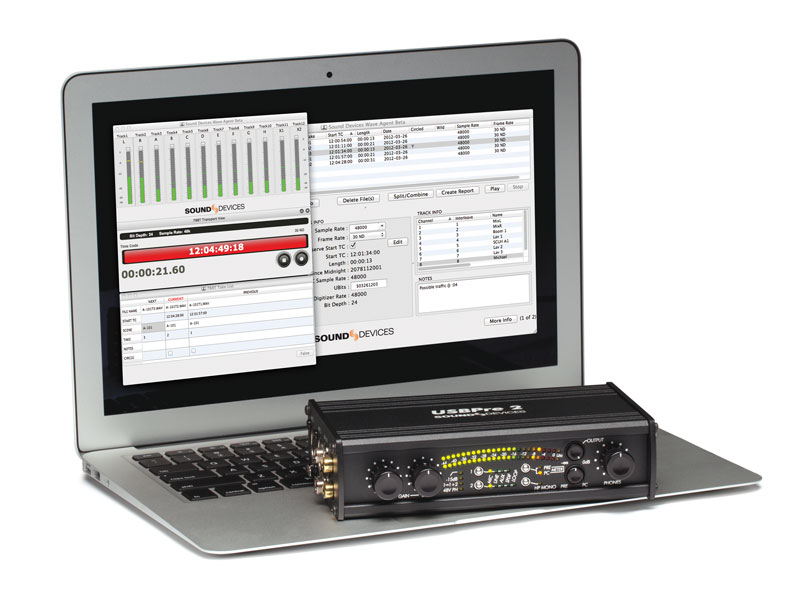
References[edit]
- ^'IDT to Acquire PC and Notebook Audio Product Lines from SigmaTel' (Press release). IDT. 2006-07-25. Archived from the original on October 17, 2006. Retrieved 2008-05-11.
- ^Freescale Enters Into Definitive Agreement to Acquire SigmaTel – Freescale Press Release
- ^'Freescale Enters Into Definitive Agreement to Acquire SigmaTel' (Press release). Freescale. 2008-02-04. Retrieved 2012-05-29.
- ^Actions and SigmaTel Settle All Patent Litigation and Enter into Cross-License Agreement: Financial News – Yahoo! 20 June 2007
- ^'STMP35xx'(PDF). Product Data Sheet. SigmaTel. 2003-09-17. Retrieved 2012-05-29.
External links[edit]
- SigmaTel/Freescale datasheets reference schematics and other info
You can enjoy high-quality audio playback from the D/A converter built in to this unit by inputting music files into this unit from a computer via USB connection.
Before USB connecting this unit to your computer, install the driver software in your computer.
Also, you can use whichever commercially available or downloadable player software you like to playback files on your computer.
OS
Mac OS X 10.10, 10.11 or macOS 10.12
USB 2.0: USB High speed/USB Audio Class Ver. 2.0
This unit was checked the operation using the system requirements by us, but it does not guarantee the operation of all systems.
The driver software cannot be installed correctly if your PC is connected to the unit by a USB cable.
If the unit and your computer are connected by a USB cable and the computer is switched on before installation, disconnect the USB and restart the computer.
The installation starts. Do not perform any operation on the PC until the installation is completed.
D-mannose
For the connection procedure, refer to the “Connecting a PC or Mac” section. link
When the unit power is turned on, the PC automatically finds and connects to the unit.
D-dimer Test
When there is a checkmark for a different device, click ND8006 and “Set Default”.
Outputs a TEST signal from the PC and checks the audio output from the USB-DAC function.
The ND8006 Properties window is displayed.
It is recommended that “2 channel, 24 bit, 192000 Hz (Studio Quality)” is selected (Windows 7).
D&m Holdings Sound Cards & Media Devices Driver Downloads
It is recommended that “2 channel, 32 bit, 192000 Hz (Studio Quality)” is selected (Windows 8/Windows 8.1/Windows 10).
Check that audio from this unit is output from the PC.
The dedicated driver must be installed in the PC before this unit is connected to a PC. Operation will not occur correctly if connected to the PC before the dedicated driver has been installed.
Player software supporting the Audio Stream Input Output (ASIO) driver is required to play files with a sampling frequency of 352.8 kHz/384 kHz without downsampling. Check your player software before playing files with the ASIO driver.
Operation may fail in some PC hardware and software configurations.
Please see the FAQ at www.marantz.com if you experience any issues getting audio to play from your computer through the this unit. You may also want to check the support pages for your audio player application.
For the connection procedure, refer to the “Connecting a PC or Mac” section. link
If a different device is checked, select and “Secondary click” on “ND8006”, and then select “Use this device for sound output”.
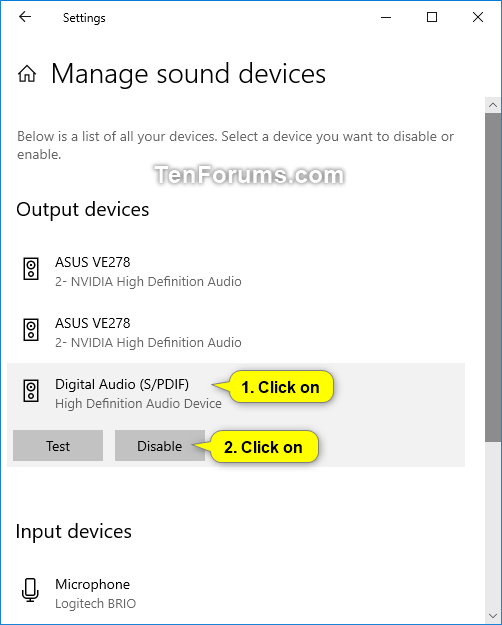
It is normally recommended to set the format to “384000.0 Hz” and “2ch-32 bit Interger”.
Install the desired player software on your computer beforehand.
Use the rear panel USB-DAC port to connect this unit to a computer. link
If the sampling frequency cannot be detected, “Signal Unlock” will be displayed.
“Unsupported” is displayed when audio signals that are not supported by this unit are input.
Perform operations such as playback and pause on the computer. At this time, you cannot perform operations with buttons on this unit or the remote control.
When this unit is functioning as a D/A converter, sound is not output from the computer’s speakers.
D&m Holdings Sound Cards & Media Devices Driver Download
If the computer is disconnected from this unit while the computer music playback software is running, the playback software may freeze. Always exit the playback software before disconnecting the computer.
When an error occurs on the computer, disconnect the USB cable and restart the computer.
D'arcy Carden
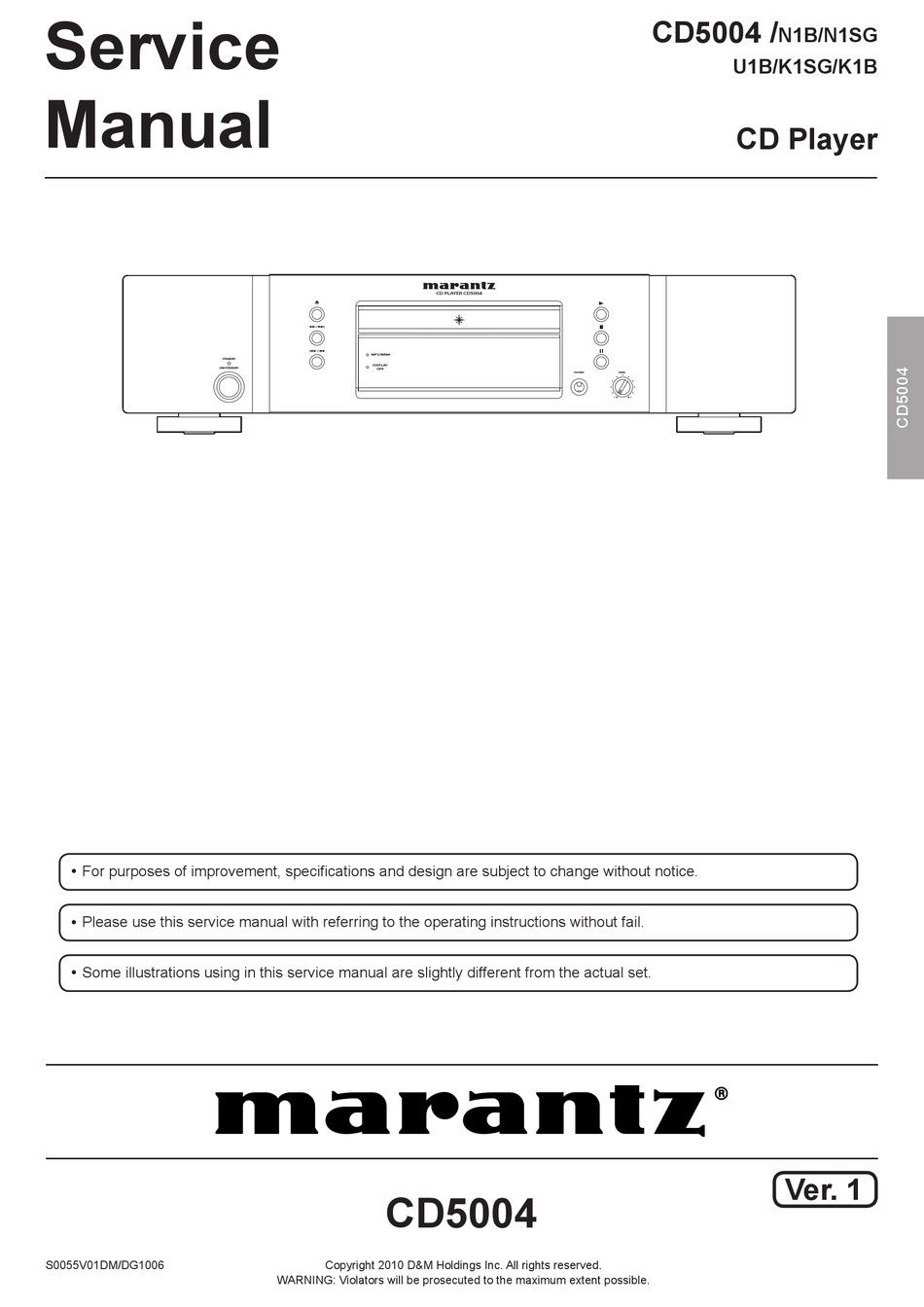
The sampling frequency of the music playback software and sampling frequency displayed on this unit may differ.
D&d Beyond
Use a cable that is 3 m or less to connect to the computer.
